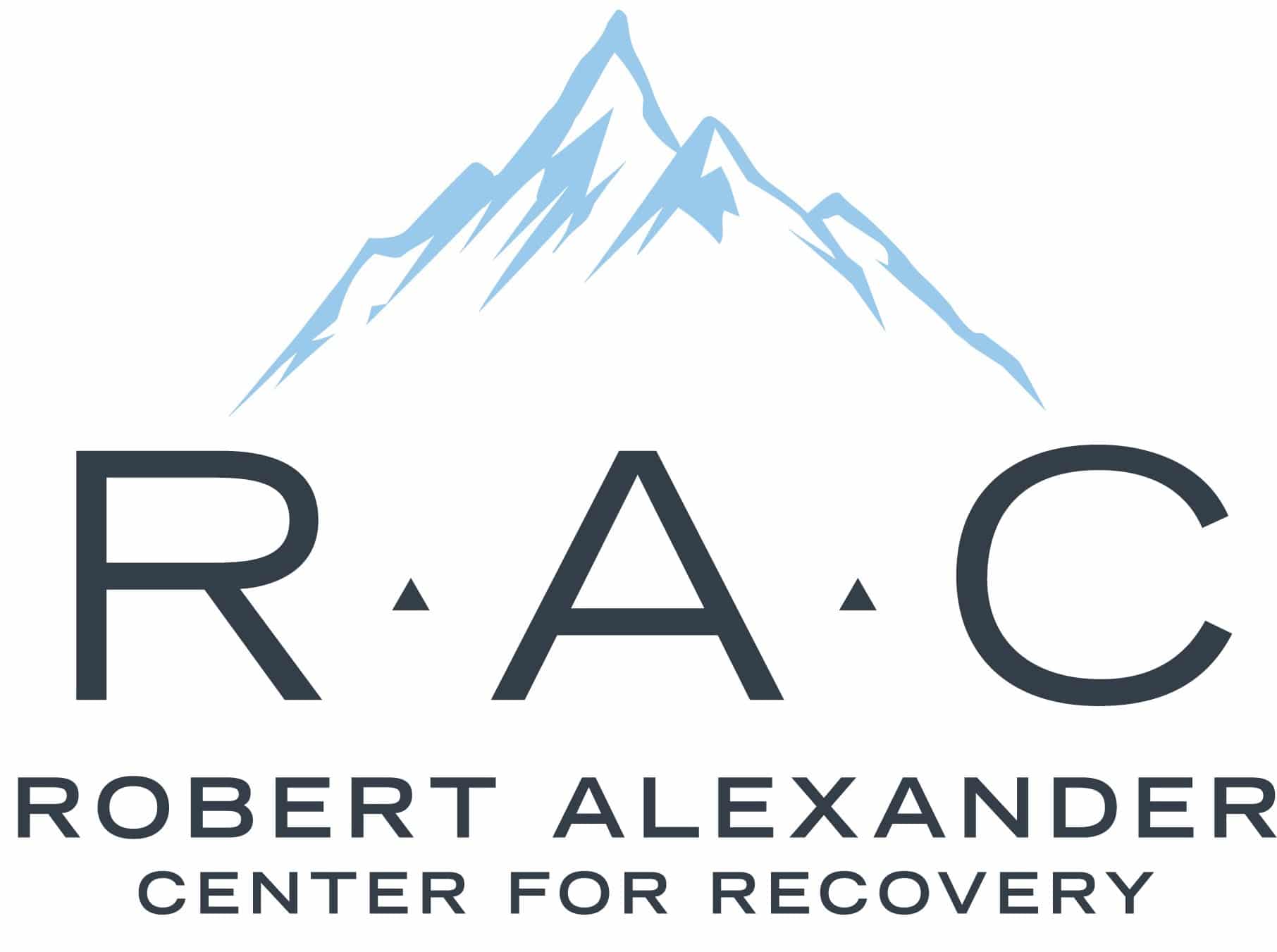Substance abuse can affect anyone, but research has shown that women face unique challenges when it comes to addiction. From biological differences to societal pressures, understanding the nuances of how substance dependency impacts women is essential when determining the right time to seek help.
This article explores the most common drugs abused by women, the contributing factors behind their dependency, and how to identify the right moment for seeking effective, life-saving treatment.
Substance Abuse and Women
Substance use disorders (SUDs) in women often present differently compared to men. For women, smaller amounts of certain substances can lead to addiction more rapidly due to biological factors such as body composition and hormonal fluctuations. Additionally, societal pressures, trauma, and mental health concerns play significant roles in initiating or exacerbating substance use in women.
Common Drugs Abused by Women
Some substances are more frequently abused by women than others, with specific reasons rooted in societal roles, medical prescriptions, or coping mechanisms. Below are the most common drugs and their impact:
1. Alcohol
- Prevalence: While men consume alcohol at higher rates, women are more likely to experience long-term health issues caused by alcohol, such as liver damage and heart disease.
- Risks for Women: Alcohol metabolizes differently in women, leading to its effects being stronger and longer-lasting. Furthermore, many women turn to alcohol as a coping mechanism for anxiety, depression, or trauma.
- Warning Signs: Increased frequency of drinking, inability to stop after one or two drinks, and forgetting periods of time after drinking (blackouts).
2. Prescription Medications
- Prevalence: Women are prescribed medications such as opioids, benzodiazepines, and sleep aids more often than men, putting them at higher risk for dependency.
- Risks for Women: Opioids (prescribed for pain) and benzodiazepines (used for anxiety) can quickly lead to dependency. Women may misuse these drugs to manage chronic pain, emotional distress, or demanding schedules.
- Warning Signs: Using prescriptions beyond the prescribed amount, “doctor shopping,” or showing signs of withdrawal without medication.
3. Stimulants
- Prevalence: Stimulants such as cocaine and amphetamines are often used among women seeking weight loss or increased energy.
- Risks for Women: Chronic stimulant abuse can lead to cardiovascular issues, anxiety, and addiction in a short period of use.
- Warning Signs: Drastic weight loss, hyperactivity, persistent anxiety, or uncontrollable cravings.
4. Illicit Substances
- Prevalence: Drugs such as heroin and marijuana are also commonly abused by women. Heroin use is especially dangerous due to its high risk of overdose, while marijuana can lead to dependency in some users.
- Risks for Women: Illicit drug use often coincides with adverse social effects, such as strained relationships and financial hardships.
- Warning Signs: Withdrawal symptoms, escalating doses, or engaging in risky behaviors to obtain the drug.
Why Women Turn to Substances
The reasons behind substance use in women are multifaceted and often tie back to societal or personal factors. Here are some of the most common contributing factors:
- Trauma: Women who have experienced physical, emotional, or sexual abuse are at a higher risk of turning to substances as a means to cope.
- Mental Health Conditions: Anxiety, depression, and post-traumatic stress disorder (PTSD) are often linked to substance use disorders.
- Pressure from Roles: The demands of juggling familial, professional, and societal roles often lead women to self-medicate to “keep it all together.”
- Relationship Struggles: Toxic relationships or abusive partnerships can push women toward substance use as a coping mechanism.
Recognizing the Right Time to Seek Treatment
Deciding when to seek treatment is a deeply personal and often difficult decision. However, clear indicators are signaling when professional intervention is necessary:
- Loss of Control: If you’ve tried to stop using a substance but find yourself unable to, this is a significant sign of dependency.
- Health Deterioration: If physical health issues such as heart damage or liver dysfunction are arising, substance use is likely the root cause.
- Effect on Relationships: Strained family dynamics or damaged friendships due to substance use are key red flags.
- Work and Financial Struggles: Falling productivity, job loss, or excessive spending on substances all point toward the need for support.
- Mental Health Issues Worsen: If depression, mood swings, or anxiety escalate in conjunction with substance use, it’s crucial to seek help.
Take the First Step Towards Recovery Today
The path to recovery is not one you have to travel alone. Seeking treatment can be daunting, but it’s the most positive step toward living a healthier and more fulfilling life. If you or someone you know is struggling with substance abuse, contacting a trusted recovery center is essential.
At the Robert Alexander Recovery Center, we specialize in offering tailored treatment plans that address the unique challenges women face in overcoming addiction. Our compassionate team of professionals and evidence-based programs are here to guide you every step of the way.

